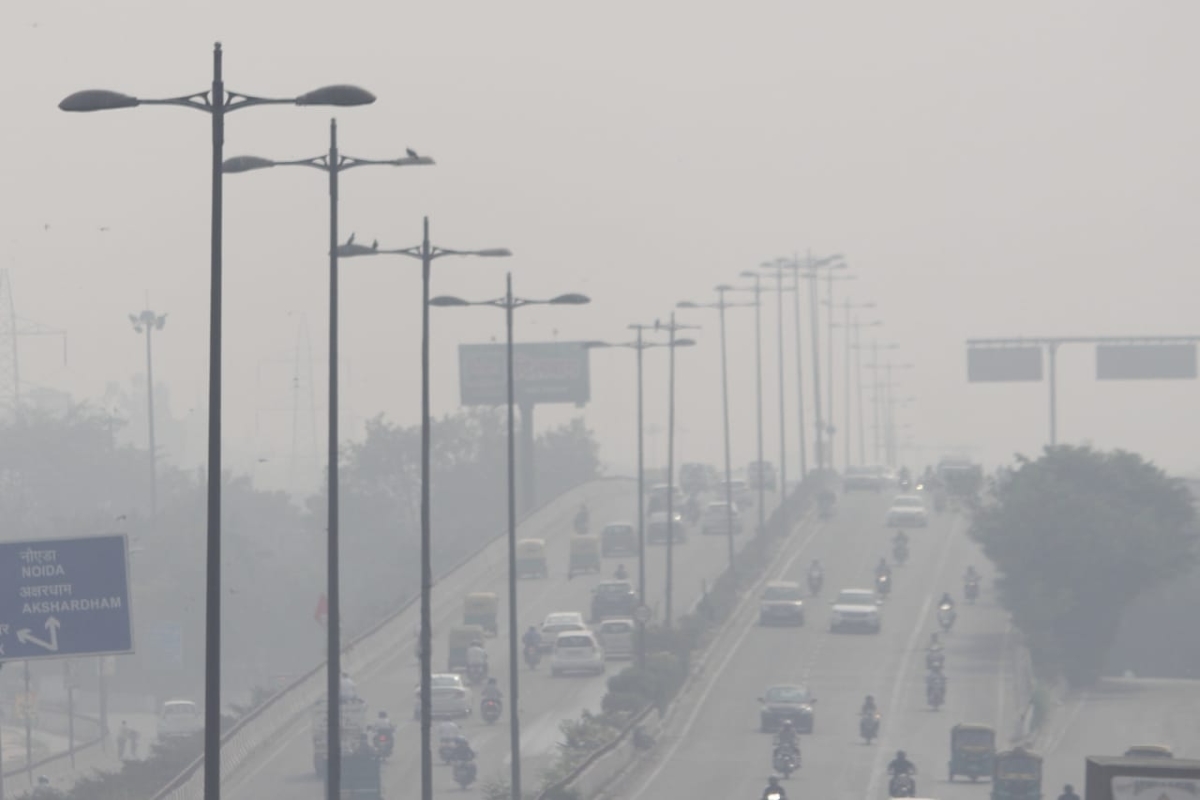Development funding for projects tackling air pollution accounts for less than one per cent of total aid spending worldwide, despite a 153 per cent rise in deaths caused by outdoor air pollution in aid recipient countries between 1990 and 2019, a new research from Clean Air Fund revealed on Tuesday.
More money and better collaboration could save countless lives and deliver a wide range of health, environmental and development benefits, the Fund said on the UN’s second International Day of Clean Air for blue skies.
Advertisement
The Clean Air Fund’s annual report, ‘The State of Global Air Quality Funding 2021’, provides the only global snapshot of projects tackling air pollution by donor governments and philanthropic organisations.
It identifies gaps in funding and opportunities for strategic investment and collaboration to deliver clean air for all.
Overall, governments and philanthropic foundations spent $5.72 billion between 2015 and 2020, a gradual increase over the period. However, preliminary figures suggest this funding dipped by 10 per cent from 2019 ($1.47 billion) to 2020 ($1.33 billion).
The Clean Air Fund has warned that the overall funding falls far short of what is needed to tackle a problem which causes over 4.2 million deaths every year, more than malaria, tuberculosis and HIV/AIDS combined.
Fossil-fuel combustion accounts for about two-thirds of human exposure to outdoor air pollution. It is also the main driver of climate change.
The research also shows that governments have spent 21 per cent more in development assistance on projects that prolong fossil fuel usage ($1.50 billion in 2019 and 2020) than they did on projects with a primary objective of reducing air pollution (around $1.24 billion).
The International Energy Agency has called for a dramatic shift away from fossil fuels to limit global warming to 1.5 degrees Celsius above pre-industrial levels, the target agreed by governments in Paris in 2015.
Earlier this month, the IPCC’s historic climate report sounded a ‘death knell’ for the coal and fossil fuel industry.
UN Secretary General Antonio Guterres commented: “There must be no new coal plants built after 2021. OECD countries must phase out existing coal by 2030, with all others following suit by 2040. Countries should also end all new fossil fuel exploration and production, and shift fossil fuel subsidies into renewable energy.”
Jane Burston, Executive Director and Founder of the Clean Air Fund, said: “Governments are investing more aid in prolonging fossil fuel use than in protecting the nine out of 10 of us breathing harmful and dirty air right now. With public health such a huge global priority and the world waking up to the scale of the climate challenge, this makes no sense at all.
“The good news is it can quickly change. We urgently need more funding, stronger targets and better collaboration to deliver clean air, for all our sakes.”
When it comes to funding from philanthropic foundations to clean air projects — this increased by 17 per cent in 2020 to $44.7 million. However, despite over 4.2 million people dying every year as a result of outdoor air pollution, these figures amount to just 0.1 per cent of philanthropic grants worldwide.
The report also highlights that grant-making to air quality by foundations is largely restricted to climate, environment and energy funders, while the money is mainly directed to North America, Europe, India, China and global projects.
Also funding from official development sources is hugely unequal, with little reaching the hardest hit areas.
Africa and Latin America receive just five and 10 per cent of aid funding respectively, despite housing some of the world’s most polluted cities and regions.









